Tamil Matrimony
by iMarriagesmatrimony site for Tamil speakers.
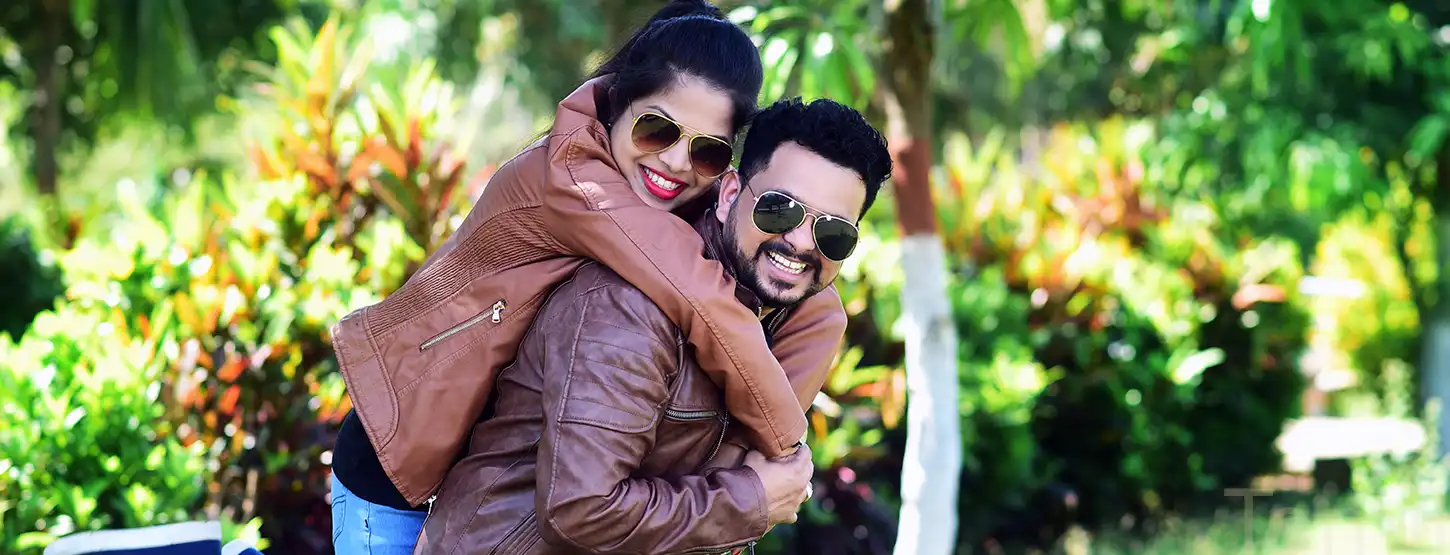


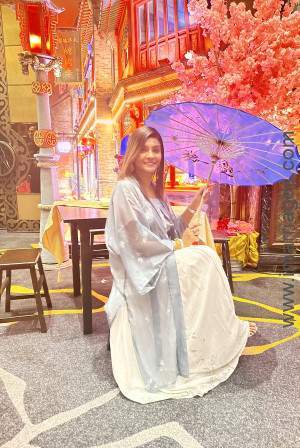
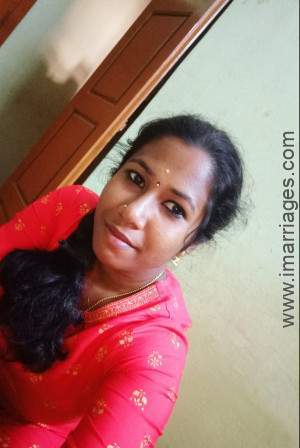
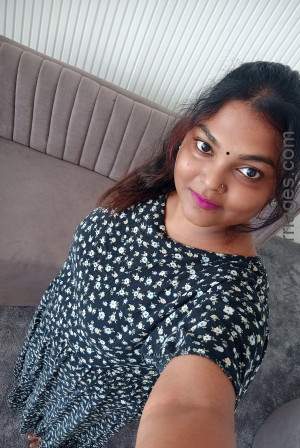
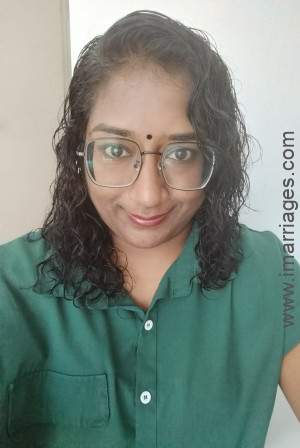
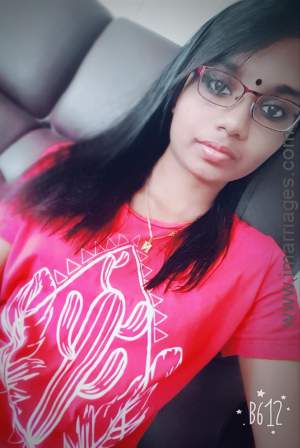
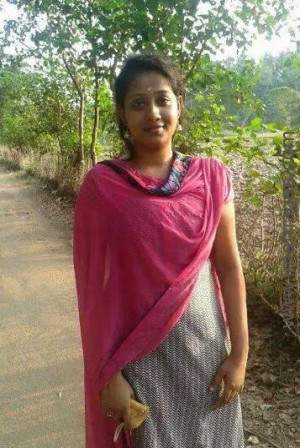
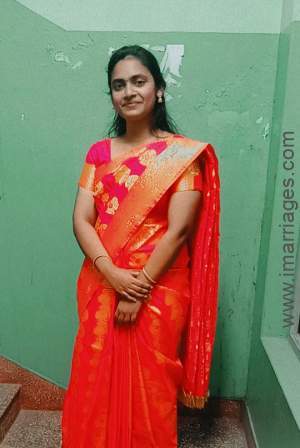
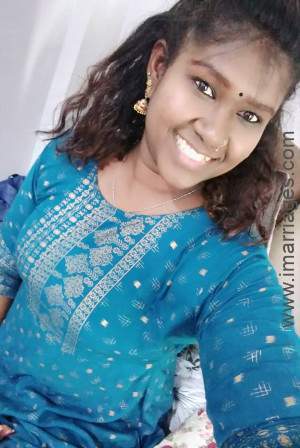
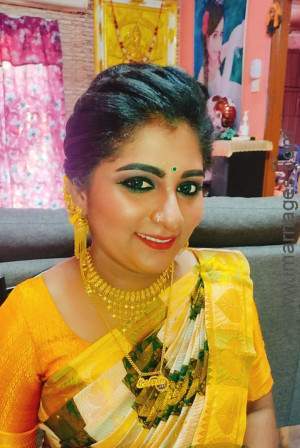

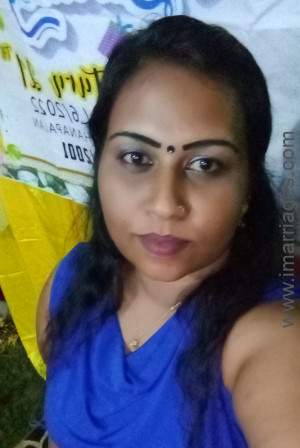
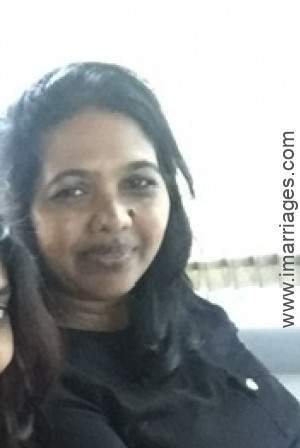
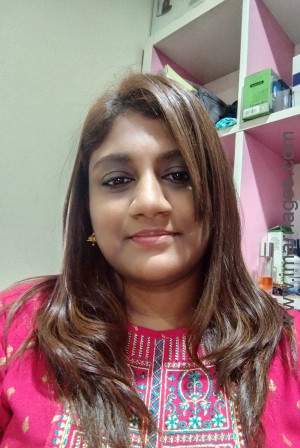
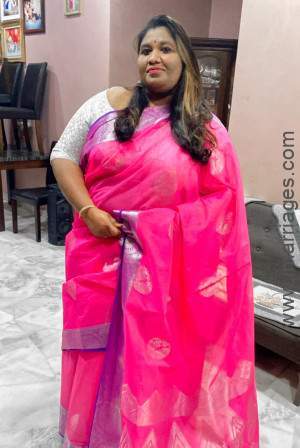
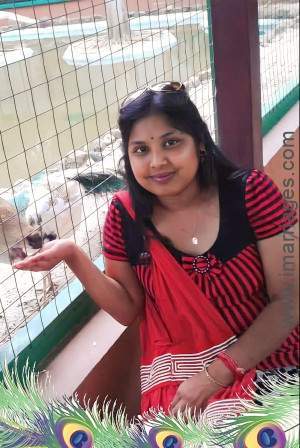

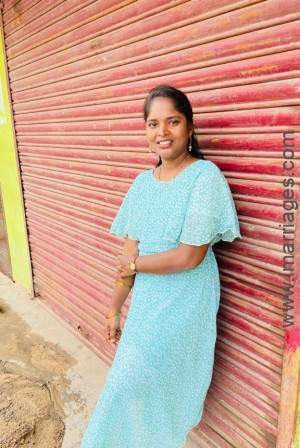
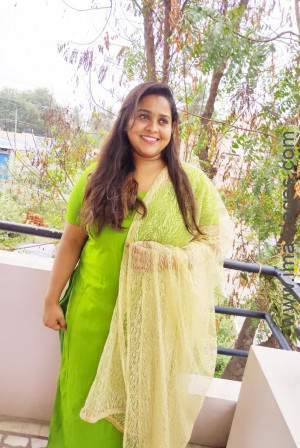
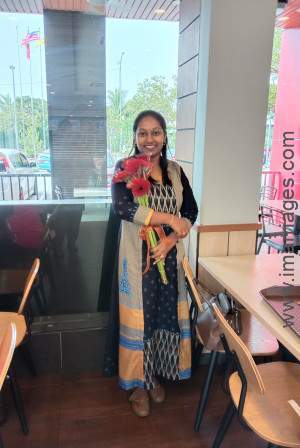
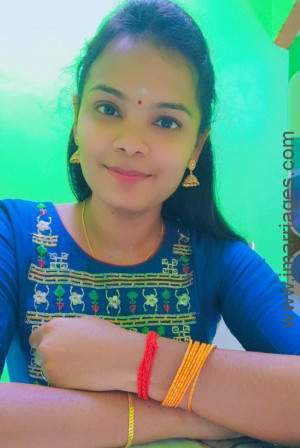
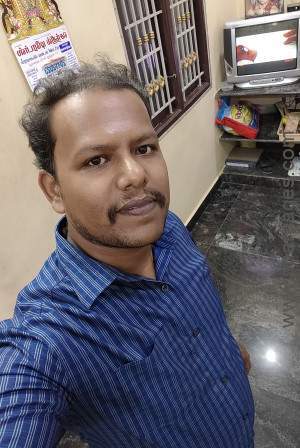

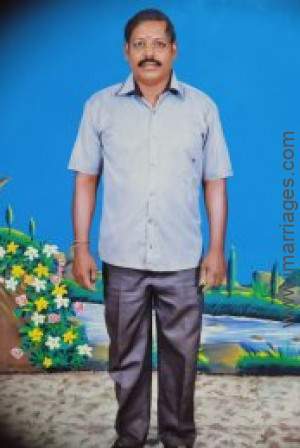
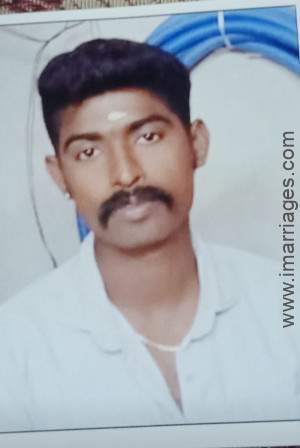



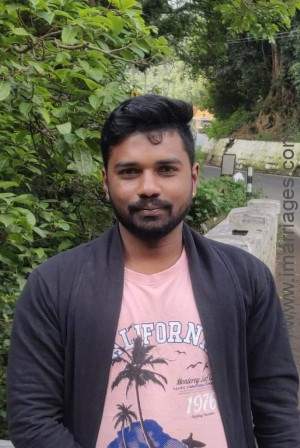
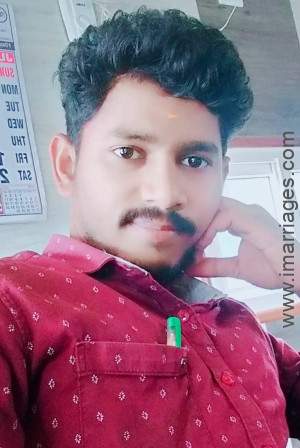
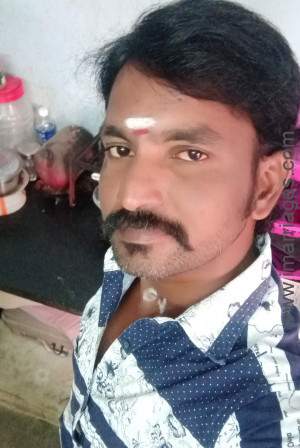
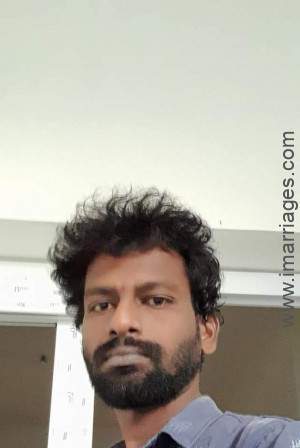

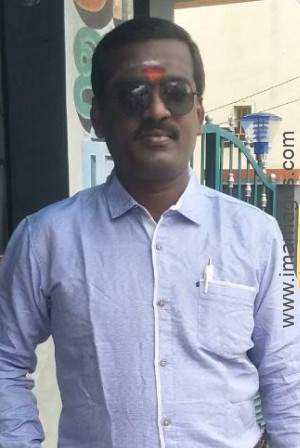


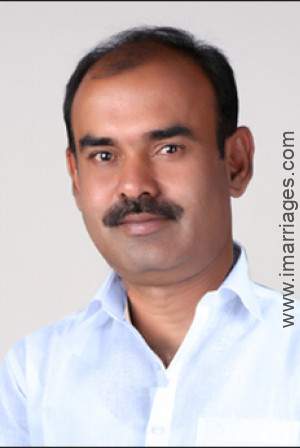
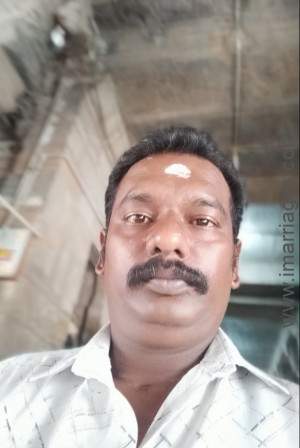
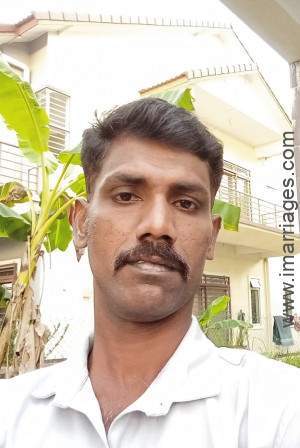
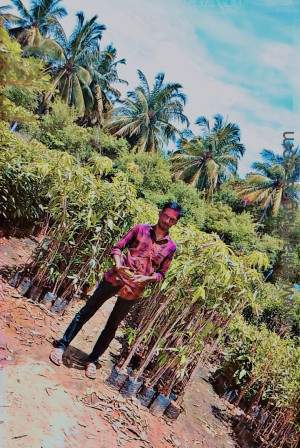

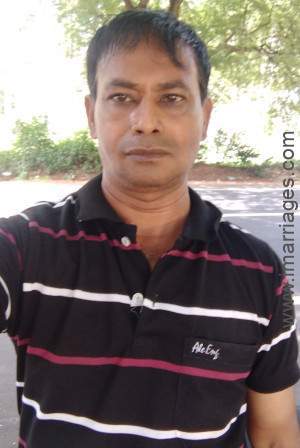
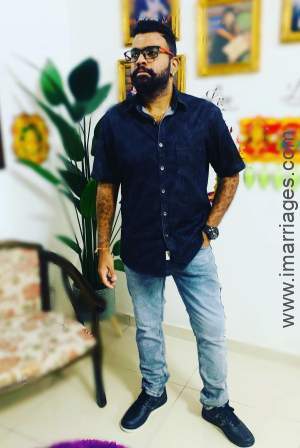


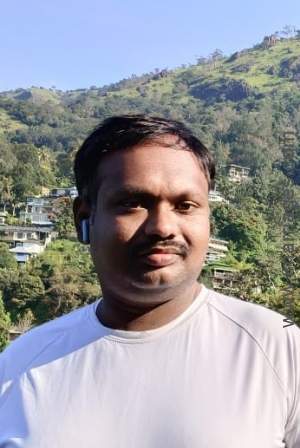
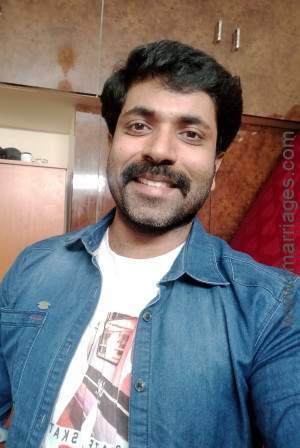
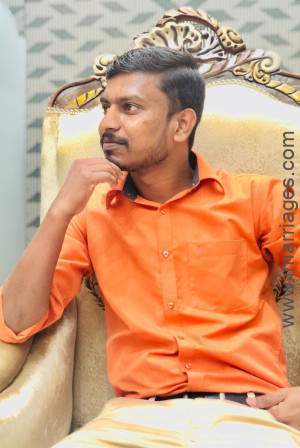

Welcome to Tamil Matrimony by iMarriages, a free app for தமிழ் speakers with hundreds of thousands of profiles in Tamil Nadu, the Andaman and Nicobar Islands, Pondicherry and else where.
Thousands of prospective brides and grooms have found their perfect match with iMarriages and we are so proud of all the happy marriages we have created.
Decorations with saffron and red,
The nine-yard sari with golden thread…
Heavenly music of naadswaram in the air,
Beautiful bride with flowers in her hair…
Banana leaves are simple indeed,
Filled with traditional authentic treat….
Yes, our service is free. Our award winning platform allows you to send personalised messages and communicate with your matches via a safe and secure messaging system completely free. By using our messaging system, you can talk to your match and only share your phone number when you feel comfortable and ready to take the next step forward.
Our service is free and simple to apply for. Simply click the register link at the top of the page and answer the fun and easy questionaire. The questionaire will automatically create your personalised matrimony profile. You can then chat and get to know your matches, complete for free.
Please note that there are differences between a matrimony site and a dating website. Our members primarily join for the purpose of finding their life partner and marriage.
Dating is ok but remember this is unlikely what our members are looking for.
Of course we are biased, but we believe iMarriages is the best value for money matrimony site in Tamilnadu. The difference between iMarriages and all other sites is that we allow you to send personalised messages and communicate with your matches for free. We are the only safe and legitimate site that offers this.
iMarriages is the safest matrimony site in the world, and far safer than traditional methods such as placing ads in newspapers. All profiles on our portal have been manually screened by a human and every member is required to provide a contact phone number which is then verified. Additionally, we have developed our own sophisticated AI system that constantly monitors our portal, automatically responding to any suspicious behaviour.
Tamil matrimony (தமிழ் திருமணம்) takes place between a bride and groom who both have Tamil as their mother tongue. Tamil was the first Indian language to receive the classical designation from the Government of India. It has official status in Tamil Nadu, the Andaman and Nicobar Islands as well as Puducherry. It is one of the oldest surviving languages in the world.
Tamil literature dates back more than two thousand years. In 1578, Tamil became the first Indian language to be printed and published.
According to Tamilians wedding is more about following age-old customs and traditions rather than a mere lavish affair. Tamil weddings (also known as Kalyanam), can take place during the day of all months of the Tamilian calendar except Aashad, Bhadrapad and Shunya.
All the rituals taking place during a typical Tamil wedding can be grouped into three events:
It marks the beginning of the marriage rituals. This ceremony takes place a day prior to the wedding function. During this ritual, both the Tamil girls and Tamil boys family pray for a peaceful and uninterrupted wedding ceremony. It may take place at groom's house or any temple.
A holy prayer for married women: The term sumangali indicates to women who are blessed with a harmonious and happy married life. All the sumangalis (usually in odd-number like 3, 5, 7, 9) are required to wear a traditional nine-yard saree or Madisar and prayers are offered to Sumangali and the bride to seek their blessings for Happy and prosperous married life. After pooja is over, all the Sumangali are served feast on banana leaves.
7 different earthenware pots decorated with vermillion and sandalwood are filled with nine different types of grains or navadhaanyam along with a bit of curd. These pots are later on immersed in the water to feed the fishes to bring a good luck for the couple's new journey of life.
This ritual symbolizes a tribute to ancestors for their blessings. For this Brahmins are invited for an authentic South Indian feast by both the families. They are offered with coconut, flowers, paan supari, sweets and veshti angavastram (traditional clothes).
This is the engagement ceremony and begins with Ganesh puja performed by the bride's family. After that, the bride and groom need to be dressed in the new clothes offered by their in law's family. The ceremony is completed after the bride and groom exchange rings in the presence of family members, relatives and friends.
Lagna Pathirikai in Tamil translates to a wedding invitation. After the engagement ceremony, the wedding date is officially announced.
The wedding day begins at the crack of dawn with the application of a paste of turmeric, sandalwood, and kumkum prepared by the Sumangalis to both bride and groom. Sri. After the ritual, the bride/groom takes a bath in holy water. Sankara. They then proceed to get ready for the wedding ceremony.
After getting ready for wedding ceremony bride offers her prayers to Goddess Gauri, who represents purity, austerity, and virtue.
After the arrival of groom's party at the wedding venue and the groom pretends to go off to Varanasi or Kashi, renouncing all worldly attachments to pursue religious studies. The father of the bride intercepts and tell him about the virtue of domestic life and promise to give his daughter to him in marriage. The groom accepts this proposal and returns to the wedding venue to get married.
After the groom arrives at the wedding mandap, the parents of the bride washes his feet with holy water, sandalwood, milk, and kumkum. His feet are then wiped dry with flower petals.
The bride is then invited on to the wedding mandap and the couple exchange flower garlands as a first step of the wedding.
The couple sits on a swing (oonjal) which is rocked gently. The women of the family sing Oonjal Pattu songs. The elders of family one by one feed the couple milk and banana and bless them. Women from both the families throw colored rice ball in four cardinal directions to ward off evil energy.
This is the most heartwarming ritual when the bride sits on her father lap and father gives her hand along with coconut in the hand of the groom. This ritual symbolizes a father is giving his baby daughter who played in his lap and seeking the groom's promise that he will always take care of her.
After Kanyadanam, the groom's parents present the bride with a nine-yard silk saree symbolizing their acceptance of the bride into their family, followed by application of Vermillion by the groom to Bride's hair parting. The Thaali (equivalent to mangalsutra) is blessed by the priest and the groom ties the Thaali around the bride's neck. The first two knots of the Thaali is put in by the groom while the third and the final one is put in by the groom's sister.
The bride and the groom hold each other's hands and go around the sacred fire seven times. Vedic mantras are chanted by the pries which outlines the seven sacred vows of a marriage. This ritual marks the symbolic beginning of the couple's journey as husband and wife. Next, the groom holds the bride's left toe as she steps over a grindstone. This symbolically represents the solidity of their union.
The wedding is followed by a formal reception in the evening where the guests are treated to a lavish vegetarian spread. Reception is followed by sammandhi maryathai and paaladaanam where bride prepares to leave her paternal home and the couple seeks blessings from the elders.
It includes the welcoming of the bride by her mother-in-law, who performs a small arti.
It includes a formal introduction of the bride to the members of the groom's family who offers her gifts followed by several of the post-wedding games.
Three days post-wedding, the couple visits the bride's paternal home for lunch. This ritual marks the end of all formal wedding celebrations.